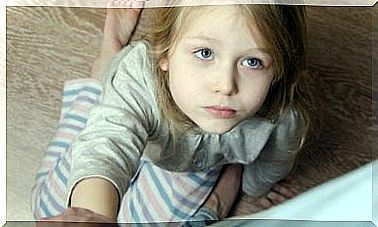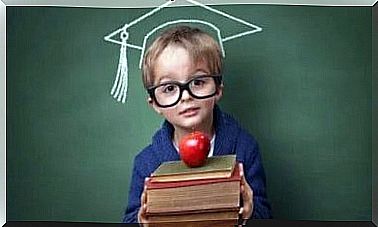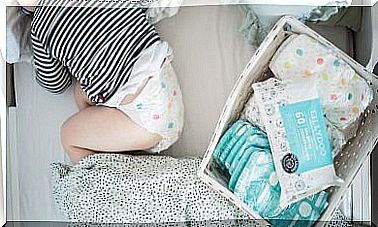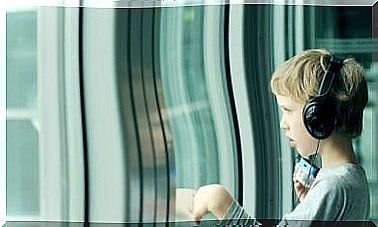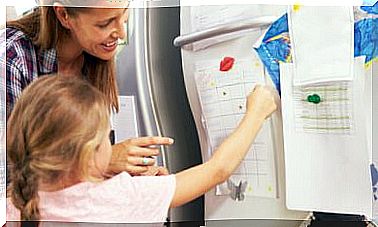7 Ways To Encourage Children’s Creative Writing
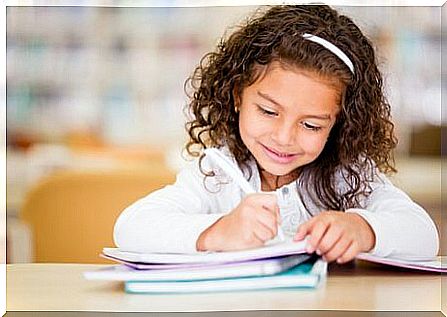
Creative writing in children is an excellent way to stimulate language learning and the integral development of little ones. In this article, we’ll teach you what you can do to stimulate.
Encouraging creative writing in children is an excellent way to stimulate language learning and the integral development of little ones. Children have great imaginations which, applied to writing, produce extraordinary benefits.
Teachers, especially, should take into account the importance of promoting activities that encourage creative writing in children. Dedicating moments dedicated to these practices in the classroom is an extremely enriching habit.
It’s also a good habit to encourage at home. Just as “reading time” is promoted when the whole family takes a moment to read, another good habit would be to create “creative writing time” when everyone should practice this type of writing.
It is important not to speed up processes. The recommended age for creative writing activities in children is from 8 or 9 years old, when the child has learned to write correctly.
Benefits of Encouraging Creative Writing in Children
- Creativity is fundamental for the human being. It’s one of the secrets to solving various problems. Therefore, it is to be hoped that this creativity is stimulated and reinforced by all possible means.
- Creative writing always appeals to children. They live the worlds of stories with great intensity. Therefore, they have a natural predisposition to this creative expression of language.
- It helps to improve attitudes that favor learning in general. Promotes attention, memory and understanding.
- It is a valuable tool for language acquisition. The exercise of creative writing activities in children expands vocabulary and allows a more fluid use of the language’s own structures.
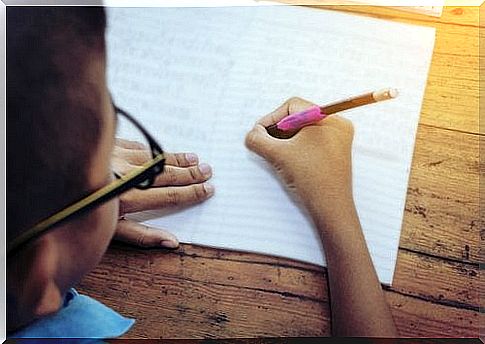
Proposals to stimulate creative writing in children
1 – Comics
One of the strategies that encourages children a lot is to present them with a story in pictures. It is advisable that the story be no more than 4 or 5 frames. From the images, the child can try to write a story.
2 – Creative scenario
An interesting stimulus is to prepare a scenario with children’s puppets and objects. So, the child will create a story from this scenario. Using elements known to the child, which they play with often, will stimulate their ideas.
3 – The magic character
The child will create their character with elements they have at hand: a ball, pieces of cloth or paper, ice cream sticks, etc. The character will have a face, eyes, nose and mouth. The child will name him. The character will be magical and will have all the powers the child wants. The fundamental characteristic is that it will always do good in the world.
From this character, you can propose to the child different situations in which your magical character will take action and he will have to write the stories. With all the stories created, a book will be built.
4 – The history of the future
One idea that children like very much is to write a story in which they are the age of their mother or father. Sometimes it will be necessary to guide them through questions. This activity is also interesting to help the little ones think about a life plan for the future.
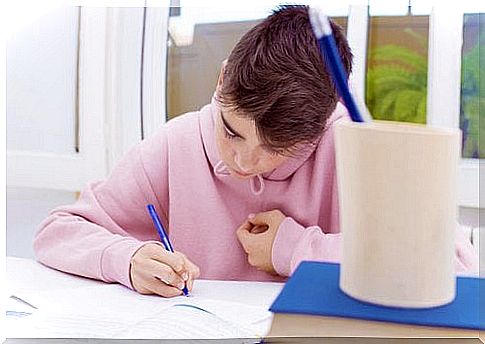
5 – Encounter of superheroes and princesses
The child will create a story that will have as protagonists some superheroes or princesses who are generally unrelated to each other. For example, in the story, Spider-Man and Sleeping Beauty can meet and create a new story. This is a great way to let your imagination fly.
6 – The story hidden in the image
You can give the child a photograph that shows a person or animal in a context that serves as a backdrop. It could be a landscape, for example. Then the child will write the story hidden in this image.
7 – The collective history
This activity is especially suggested to be carried out in groups. Any of the stimuli already mentioned can be used as a starting point. Each child will write a sentence that starts the story and will pass it on to a classmate. The latter will continue the story and pass the sheet back on to another colleague. And so on until each child receives back the sheet on which he wrote the first sentence. Each will read and observe the changes that have been created.
In order for children’s creative writing activities to be more productive, it is important that there is always an adult to guide the activity. The normal thing is that, in the beginning, the child will want help to discover the ideas that are hidden inside.



